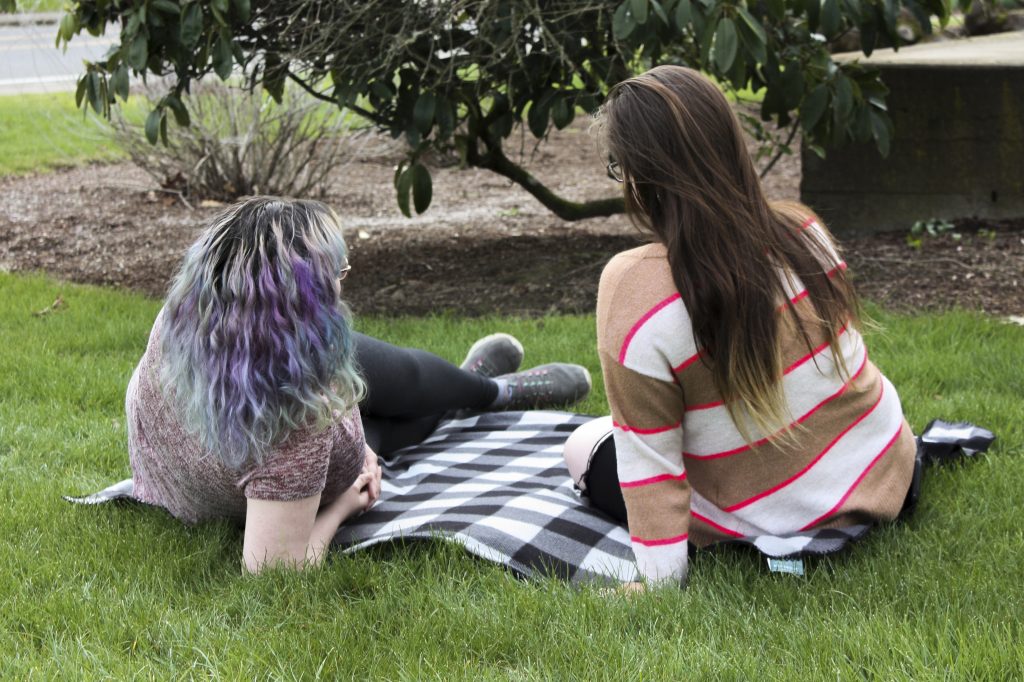
Sage Kiernan-Sherrow | News Editor
Members of Western’s student goverment, the Associated Students of Western Oregon University, and additional student volunteers had only 10 to 15 minutes to advocate for issues pertaining to the entire student body during the last Lobby Day on Feb. 6.
As a part of the Oregon Student Association, Western’s lobbyists met with Senators Betsy Johnson and Denise Boles and Representatives Brad Witt and Paul Evans to push for legislation supporting reductions in food insecurity, ease of credit transferability and the underrepresented student taskforce. These issues, “impact students across all public universities and community colleges in the state of Oregon,” according to N.J. Johnson, ASWOU’s Director of State and Federal Affairs.
Johnson said that their strategy was to split the team into who would speak on each issue and who would make the final legislative ask, in which the members would learn if the legislators planned on offering their support.
“The legislators cannot be educated on every bill; our job is to share a brief summary and our insights into how that impacts us as college students … and as we don’t have a lot of time to make things happen, we chose to advocate for bills that already had some momentum going,” said Johnson.
For food insecurity, Western’s lobbyists focused on endorsing a bill that would force the legislature to compile data on food insecurity across college campuses in Oregon. If the data reveals high instances of food insecurity, legislators would then be expected to create legislation that helps fund food pantries and prevent food insecurity down the road, informed Johnson.
Another issue that Western’s lobbyists focused on was credit transferability. During Lobby Day, Western student Susana Cerda-Ortiz, shared her experience as a transfer student who was told she would be required to take 18 credits per term her senior year or three to four years of schooling in total to graduate, even after having already received an associate’s degree. The bill that Western’s lobbyists were advocating for in regards to credit transferability is “a portal to creating a portal,” according to Johnson, who added, “it would force the universities and community colleges of Oregon to come together and unify their process so that students can transfer more easily.”
The last legislation that Western’s lobbyists advocated for was creating more representation for students who are underrepresented. Johnson stated that underrepresentation is broadly defined and applies to more than just the following: people who grew up in rural communities, low-income students, students of color and students with disabilities. In this case, the bill they were campaigning for would, “make university and campus spaces more inclusive to those folks,” said Johnson.
Currently, legislation is in the short session, a process which takes 35 days.
Johnson called lobbying “empowering,” stating that “it’s an incremental process; you don’t always see immediate progress, but it matters.”
He encourages students to join youth lobby groups, and asked those interested in lobbying for Western students to contact him at aswoustate@mail.wou.edu.
“I think so many things happen legally because the stakeholders impacted most aren’t at the negotiation tables or involved in the conversations. Our job as the student government is to allow students who are affected to have their voices be heard,” Johnson concluded.
Contact the author at howlnews@wou.edu
Photo courtesy of Emily Wanous, OSA lobbyist









